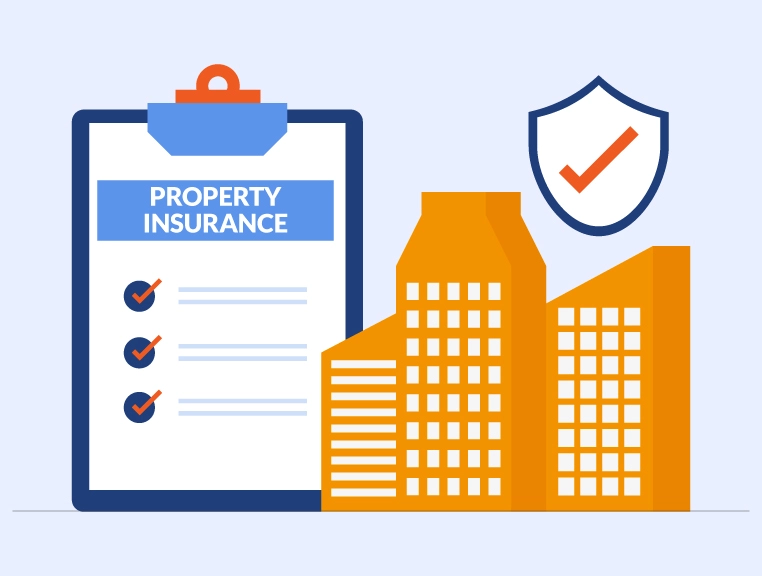Whenever you opt-in for property insurance coverage, the first information you will have to provide to the insurance company is the value of the property to be covered, referred to as the sum insured in insurance terms. Many times we have observed that clients are not able to provide accurate value of the sum insured for coverage of property due to the following factors –
- The building in which the client’s business is running was constructed 10 years ago. What can be the optimum sum he should take for the building cover? Shall it be the construction cost Incurred 10 years ago, depreciated value as per the book of accounts, or current market value?
- Machinery and other business-related assets were added from time to time as the business grew. Some machines are 10 years old, some are 7, some are 5, some are 2, and purchased some recently. How does one account for the value of machinery for insurance? Shall it be as per the purchase invoice, as per their present book value, or current market value? How does one determine the market value of old machinery because there is no structured marketplace for these items?
We have highlighted the two most important queries in deciding the sum insured. I am sure you have much more specific to your business or trade.
Let us understand the methods of coverage in a fire and a special perils insurance policy that will help provide you with the answer to the right thing to do. Fire and special perils insurance policies can be provided on two sum insured terms – Market value and Reinstatement value respectively.
-
Market Value –
For the market value method, in the event of loss, depreciation is levied on the asset depending on the age of the asset. It is important to note that deprecation considered by insurers for claim settlement purposes is based on the remaining usable life of the respective asset and not its depreciated value in the book of accounts. Generally, the depreciation in the book of accounts is more aggressive. Compared to the insurer’s assessment based on the remaining usable life of the asset. Whatever the case, this method does not pay the insured an amount sufficient to buy the replacement of the asset. Hence most clients prefer the reinstatement value method for covering their assets, described below.
-
Re-instatement Value of property sum insured
As per the reinstatement value method, the insurance company will pay the cost of the replacement of the asset subject to the ceiling of the sum insured under the policy. The policyholder is not charged for depreciation or general wear & tear during claim settlement under this method. Since the insurance company pays the cost of replacement of the damaged old asset with a new one. Also, known as the New for Old clause for ease of understanding.
However, there are a few points to keep in mind regarding how claims are settled under the reinstatement value clause –
A. Reinstatement value clause, allowed only for fixed assets. It does not apply to stock and work-in-process items.
B. Sum insured in the policy should be equal to or greater than the reinstatement or replacement value of the asset. In case the sum insured is less, under insurance clause will be applicable.
C. Re-instatement value claim, made if the damaged asset is repaired or replaced. Generally, insurers allow up to 12 months to reinstate the asset. You can seek an extension to the timeline with a reasonable explanation. However, in the case reinstatement does not perform in the stipulated timeline. The insurer will settle the claim on a market-value basis.
D. Insurer’s liability is to reinstate the damaged asset with a similar one in terms of productivity and efficiency. In case the insured replaces the damaged asset with one which has better productivity or higher efficiency. The insured has to contribute to the reinstatement cost in a similar proportion as the increasing inefficiency.
About The Author
Shivani
MBA Insurance and Risk
She has a passion for property insurance and a wealth of experience in the field, Shivani has been a valuable contributor to SecureNow for the past six years. As a seasoned writer, they specialize in crafting insightful articles and engaging blogs that educate and inform readers about the intricacies of property insurance. She brings a unique blend of expertise and practical knowledge to their writing, drawing from her extensive background in the insurance industry. Having worked in various capacities within the sector, she deeply understands the challenges and opportunities facing property owners and insurers alike.




